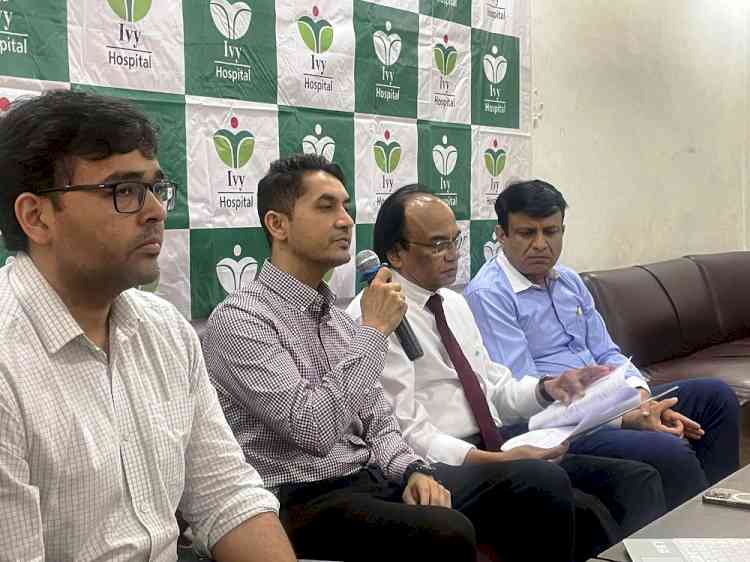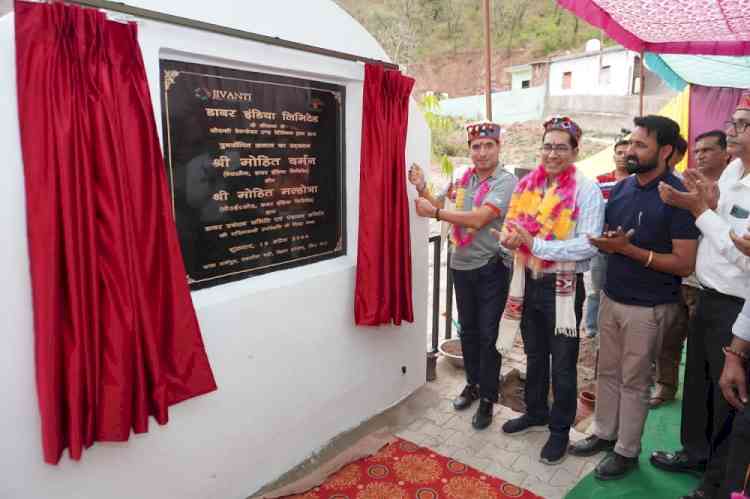'India must settle ex-servicemen on Bangladesh border'
New Delhi, June 30 (IANS) Retired Indian security personnel must be allowed to settle along the Bangladesh border to be New Delhi's "eyes and ears" vis-a-vis illegal migration, a former BSF officer says. Retired Border Security Force (BSF)...

New Delhi, June 30 (IANS) Retired Indian security personnel must be allowed to settle along the Bangladesh border to be New Delhi's "eyes and ears" vis-a-vis illegal migration, a former BSF officer says.
Retired Border Security Force (BSF) Additional Director General P.K. Mishra also warns that India's failure to stop the growing illegal influx of Bangladeshis could one day turn Assam into "another Bosnia or Kashmir".
In an exhaustive study "Bangladesh Migrants: A Threat to India" (Gyan Publishers), Mishra presents an alarming picture of the illegal migration in the border states, particularly Assam and West Bengal.
Like Pakistan, Bangladesh has allowed its retired military, police and paramilitary personnel to settle in areas bordering India, says the 304-page book.
"They are very aggressive and cultivate their land up to the last inch of their side of the border.
"To counter this, we should also allow our ex-service members to be given cultivable land available in the border areas so that they will be our eyes and ears and forewarn the security agencies," Mishra said.
The author, who served in the region for a long time, also calls for punishment to Indians linked to gunrunning as well as communal violence at the behest of the Pakistani spy agency ISI.
Otherwise, "we will have another Bosnia or Kashmir ... in Assam".
"Practically, all such villages ahead of (the) fencing are now under the control of Bangladeshi criminals."
Mishra paints an alarming picture along the border areas, saying the density of population of border villages in the Indian northeast has gone up to 800 per sq km.
This, he says, is far more than the general density of population in regions not populated by illegal Bangladeshi migrants and also the rest of India.
According to him, these villages are located ahead of the border fencing, where the fencing exists, and within 150 yards of the border.
Mishra points out to the difficulties of identifying the illegal Bangladeshis vis-a-vis Indians because of seemingly common cultural and linguistic traits.
Many illegal migrants speak both Bengali and Assamese and "it is very easy for them to obtain an identity card from their link persons in India ... to prove that they belong to India".
Illegal crossing on the border, including cattle smuggling, "is very well organised", the former BSF official says.
"Dacoits, criminals, undesirable elements and smugglers have settled (on) both sides (of the India-Bangladesh border) and they have family relationship," says the book.
"They are involved in organising crimes in border areas, and consequently they do not like the border guarding forces and other security agencies operating in the border."
These villagers will never expose illegal migration from Bangladesh or the activities of crime gangs, he says.
It is also near impossible to fence the border in contrast to the border along Pakistan, the book says.
Visibility in the Meghalaya border drops to less than 10 yards during winter, making border crossing "very easy".
Some parts of Assam simply cannot be fenced because they lie in low-lying areas or are prone to heavy rains and floods.
For the same reason, border floodlights which work well on the Pakistan border cannot perform adequately on the Bangladesh border, says the book.
Mishra says that since Bangladeshi authorities routinely push back the illegals sent back from India, New Delhi must force such people to return to Bangladesh "at night through various gaps" in the fencing.
"This has to be done as a policy matter," he underlines. "If we take up the case with the Bangladesh government (or their border guards), it will be fruitless."
Mishra admits that criminals and touts on both sides of the India-Bangladesh border have links with some security personnel, border guards, local political leaders and administrative agencies.
"This helps the migrants to easily escape apprehension as the touts in the Indian side very easily manage valid identification and ration cards."

 cityairnews
cityairnews 
















